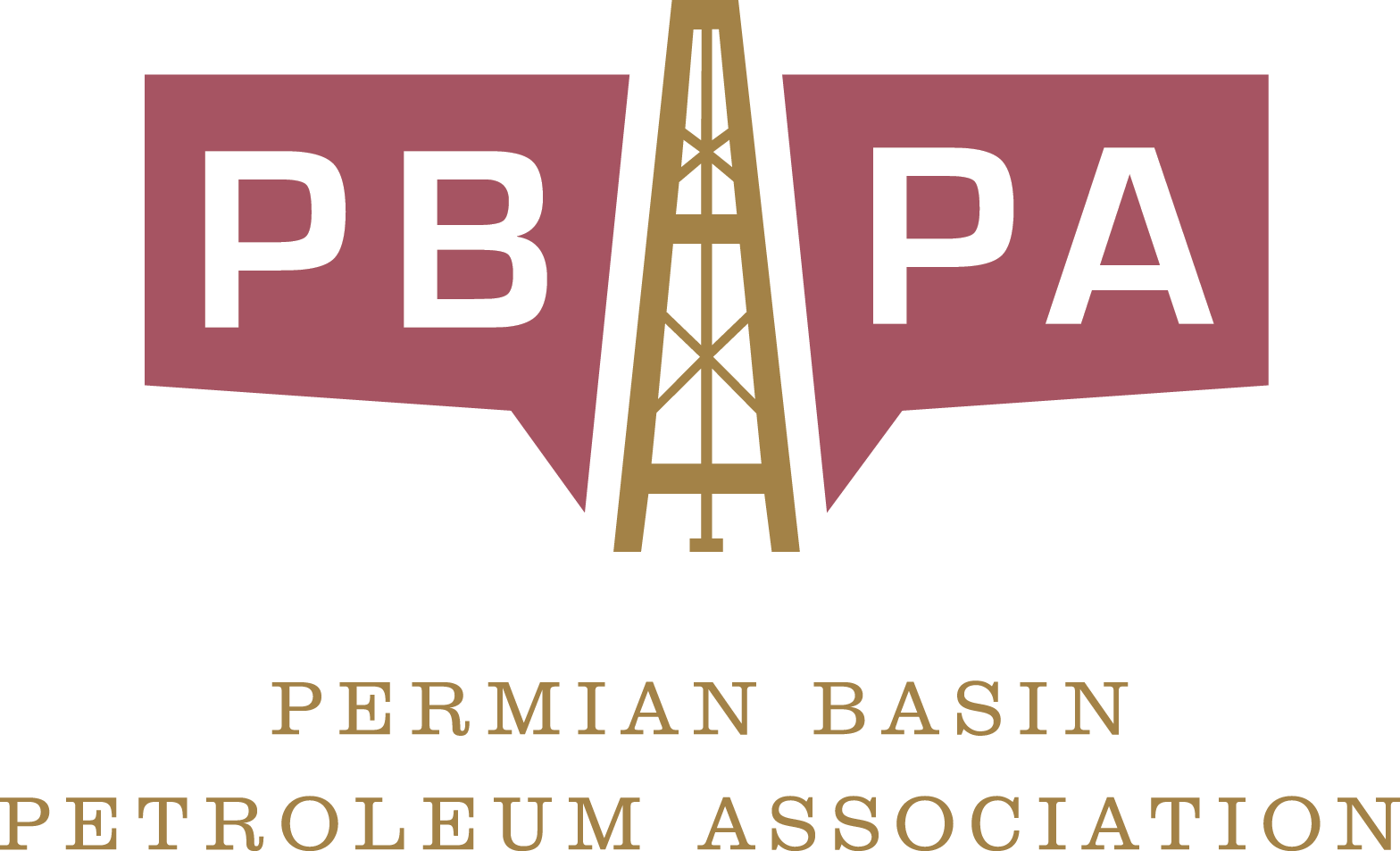Waste
What is an injection well?
When oil and gas is producing and brought to the surface at a well site, naturally-occurring salt water is also brought to the surface and must be seperated and disposed. All water returned from a well is called “produced water.” The Railroad Commission regulates the disposal of the “produced” water. The most common method of disposal is to safely inject the produced water via permitted disposal wells thousands of feet below freshwater supplies. Most often, produced water is returned to naturally-occurring salt water formations deep within the earth.
Permit applications must provide comprehensive plans to protect groundwater including details about adequate separation and impervious rock formations between the proposed injection zone and shallow freshwater formations as well and the volume and injection pressures to be used during the disposal process. An “area of review’ is required to identify all plugged, unplugged, or improperly orphaned wells penetrating the injection zone within a 1/4 mile radius of the proposed disposal well. Appropriate landowners are notified and can request a hearing on any disposal well permit application.
How does injection well construction and monitoring protect fresh water supplies?
In Texas, the Railroad Commission maintains rules and requires permits that specify stringent disposal well construction standards that require several layers of steel casing surrounded by cement. Disposal well operators are required to constantly monitor multiple pressure gauges, to closely monitor and record injection pressure and rate, and to perform periodic mechanical integrity tests on the disposal well. Operators must maintain and report this monitoring and testing information to the Railroad Commission.
